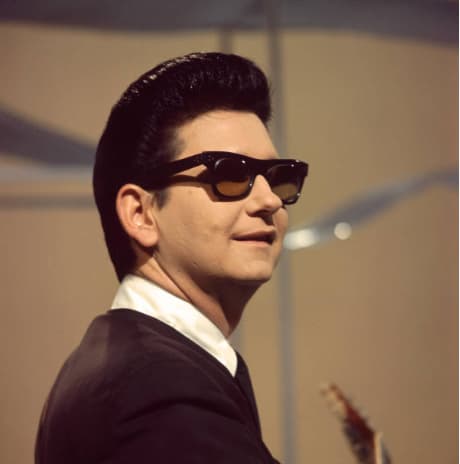
The Enduring Mystery: A Candid Look at the Heart of Roy Orbison
For those of us who came of age with a transistor radio pressed to our ear, no sound was more instantly recognizable, or more profoundly affecting, than the four-octave voice of Roy Orbison. His songs weren’t just tunes; they were miniature operatic tragedies, cinematic soundscapes of despair, loneliness, and glorious, impossible love. From the trembling, paranoid pulse of “Running Scared” to the earth-shattering finality of “It’s Over” (a UK No. 1 in 1964), The Big O established an entirely new archetype in rock and roll: the emotionally vulnerable, yet immensely powerful, underdog. His incredible run on the Monument Records label between 1960 and 1964 produced nearly twenty Top 40 hits, including the timeless, chart-defining singles “Only the Lonely” (No. 2, 1960), “Crying” (No. 2, 1961), and his signature, driving masterpiece, “Oh, Pretty Woman” (No. 1, 1964).
But the music was only half the enigma. The other half was the image: the jet-black hair, the all-black suits, the stoic stage presence, and, most crucially, the dark, prescription sunglasses. This was not the gyrating swagger of Elvis or the dangerous charisma of Jerry Lee Lewis; Orbison was the antithesis of the typical early sixties heartthrob—a rock ‘n’ roll shadow who dared to make profound heartache and masculine vulnerability fashionable.
The enduring story, one that adds a layer of beautifully human accident to his legend, is that the shades were never a deliberate marketing tool. They were, in fact, an absolute necessity. As the legend goes, during a 1963 tour with The Beatles in England—just before the British Invasion fully hit American shores—the shy Texas native forgot his normal corrective eyeglasses on a plane. Forced to wear his dark prescription shades on stage due to poor eyesight and chronic stage fright, the look instantly became his trademark. It was a perfect, accidental visual metaphor for the man who sang exclusively about what lay hidden in the dark recesses of the soul. The glasses became a shield, transforming a reserved man into the mysterious, emotionally available god of heartbreak we adored.
In the mid-1960s, Orbison was a global superstar who had just transitioned to MGM Records in 1965, yet his deeply private nature remained unchanged. This rare 1965 interview clip, a fascinating historical artifact, offers a fleeting, unguarded glimpse behind that carefully constructed curtain. Stripped of the protective darkness of the shades, we are given a brief, intimate view of the man. The depth and sincerity we heard soaring from his phenomenal voice are reflected in his eyes—eyes seldom seen, which at once held the immense shyness of the performer and the quiet intensity of a man already grappling with the emotional weight that would tragically define the latter half of his decade, including the loss of his beloved wife, Claudette, a year later in 1966. For fans of a certain age, who listened to The Big O as we navigated our own heartbreaks, seeing this glimpse is more than just a novelty; it is a profound and moving reminder that the voice which gave language to our deepest sorrows belonged to a gentle, thoughtful soul who carried his own quiet burdens, just like the rest of us. His genius was in turning that vulnerability into a monumental, timeless art.